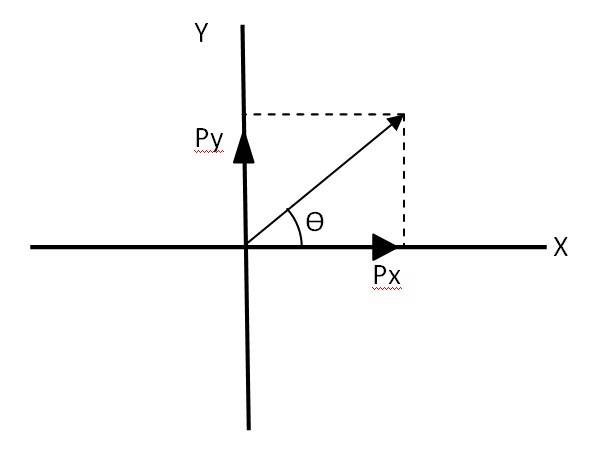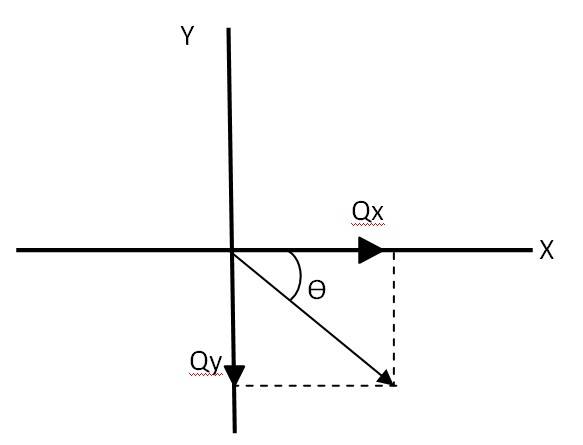What is Rolling Motion? How is it different from Pure Rotation in Physics Chapter 6 System of Particles and Rotational Motion?
-
1 Answer
-
Rolling motion is a combination of rotational and translation motion where an object moves forward while spinning around an axis. An example is a rolling wheel. The equation for rolling motion without slipping is:
v represents the linear velocity, r is the radius and w stands for the angular velocity. Rolling motion is more complex than pure rotation as in this case every point on the object follows a curved trajectory whereas in pure rotation, the object only spins around a fixed axis without any change in its position.
Similar Questions for you
Yes, there are many numerical problems in class 11 Physics. All important formulas must be on figure tips.
Class 11 Physics Chapter 11 is Thermodynamics. It is one of the most important topic in Physics.
There are three main processes Isothermal, adiabatic and cyclic process. In isothermal, the system is thermally conductive and the temperature remains constant. In adiabatic process, the system is thermally isolated and there is no change in heat temperature. The system returns to its initial stage in the cyclic process.
4.22

Let us consider a vector . The equation can be written as
Px = Py = 1 = = = …….(i)
So the magnitude of vector + =
Let be the angle made by vector , with the x axis as given in the above figure
= = , = 45 with the x axis

Let = -
– = ( –
= = 1
= =
Hence = . Therefore the magnitude of ( + =
Let
Taking an Exam? Selecting a College?
Get authentic answers from experts, students and alumni that you won't find anywhere else
Sign Up on ShikshaOn Shiksha, get access to
- 66k Colleges
- 1.2k Exams
- 680k Reviews
- 1800k Answers


